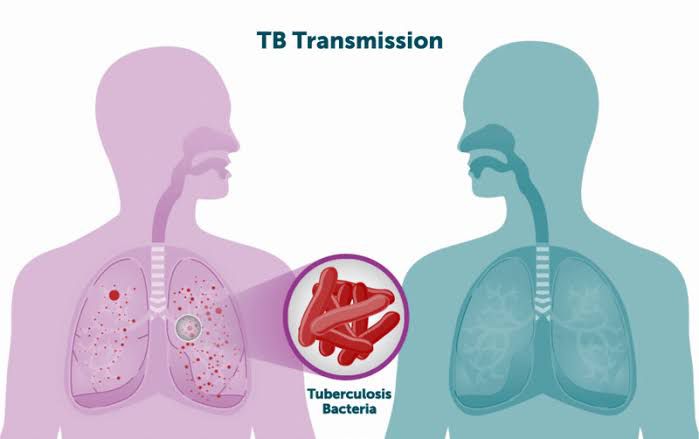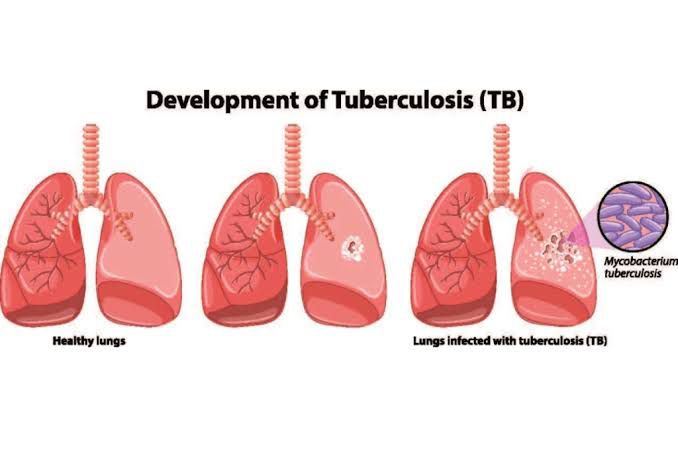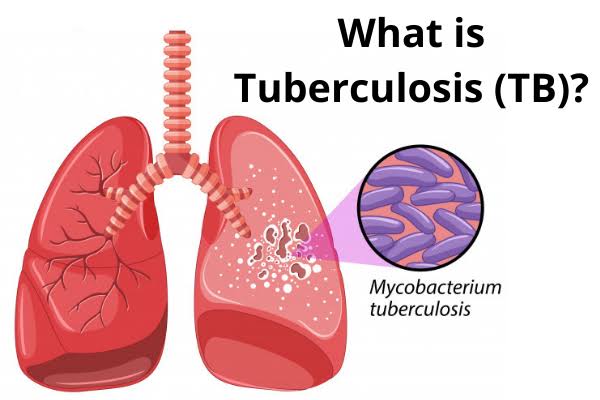What is Tuberculosis (TB) and Why Does it Occur?
Introduction:
Tuberculosis, commonly known as TB, is a serious infectious disease that primarily affects the lungs but can also impact other parts of the body such as the brain, kidneys, and spine. It is caused by a bacterium called Mycobacterium tuberculosis.
Causes of TB:
- Bacterial Infection:
TB is caused by the bacterium Mycobacterium tuberculosis. It spreads from person to person through the air when an infected person coughs, sneezes, speaks, or spits. - Weakened Immune System:
People with weak immune systems, such as those with HIV/AIDS, diabetes, or undergoing chemotherapy, are more likely to get infected. - Malnutrition and Poor Living Conditions:
Poor nutrition, overcrowded living spaces, and lack of ventilation increase the risk of TB. - Exposure to Infected People:
Spending a lot of time with someone who has active TB, especially in closed environments, raises the risk of infection. - Substance Abuse:
Alcoholism, smoking, and drug use can weaken the immune system and increase vulnerability to TB.

Types of TB:
- Latent TB:
The bacteria remain in the body in an inactive state and cause no symptoms. It’s not contagious but can turn into active TB. - Active TB:
The bacteria multiply and cause symptoms. It can be spread to others and must be treated immediately.
Symptoms of TB:
- Persistent cough (lasting more than 3 weeks)
- Chest pain
- Coughing up blood
- Fatigue and weakness
- Fever and night sweats
- Unintended weight loss
- Loss of appetite
Diagnosis of TB:
- Skin test (Mantoux test)
- Blood test (IGRA)
- Chest X-ray
- Sputum test to detect TB bacteria
Treatment:
TB is treatable with a course of antibiotics over 6–9 months. The most common drugs include isoniazid, rifampin, ethambutol, and pyrazinamide. It’s essential to complete the full treatment course to prevent drug resistance.

Prevention:
- BCG Vaccine:
A vaccine given at birth in many countries to protect children from severe forms of TB. - Avoid Close Contact with Infected Individuals
- Use of Masks and Proper Ventilation
- Maintain Good Hygiene and Nutrition
- Screening and Early Detection in High-Risk Populations
Conclusion:
TB is a preventable and curable disease, but it remains a global health concern, especially in developing countries. Awareness, early diagnosis, and proper treatment are key to controlling the spread of tuberculosis. Taking care of your overall health and hygiene plays an important role in keeping TB at bay.







